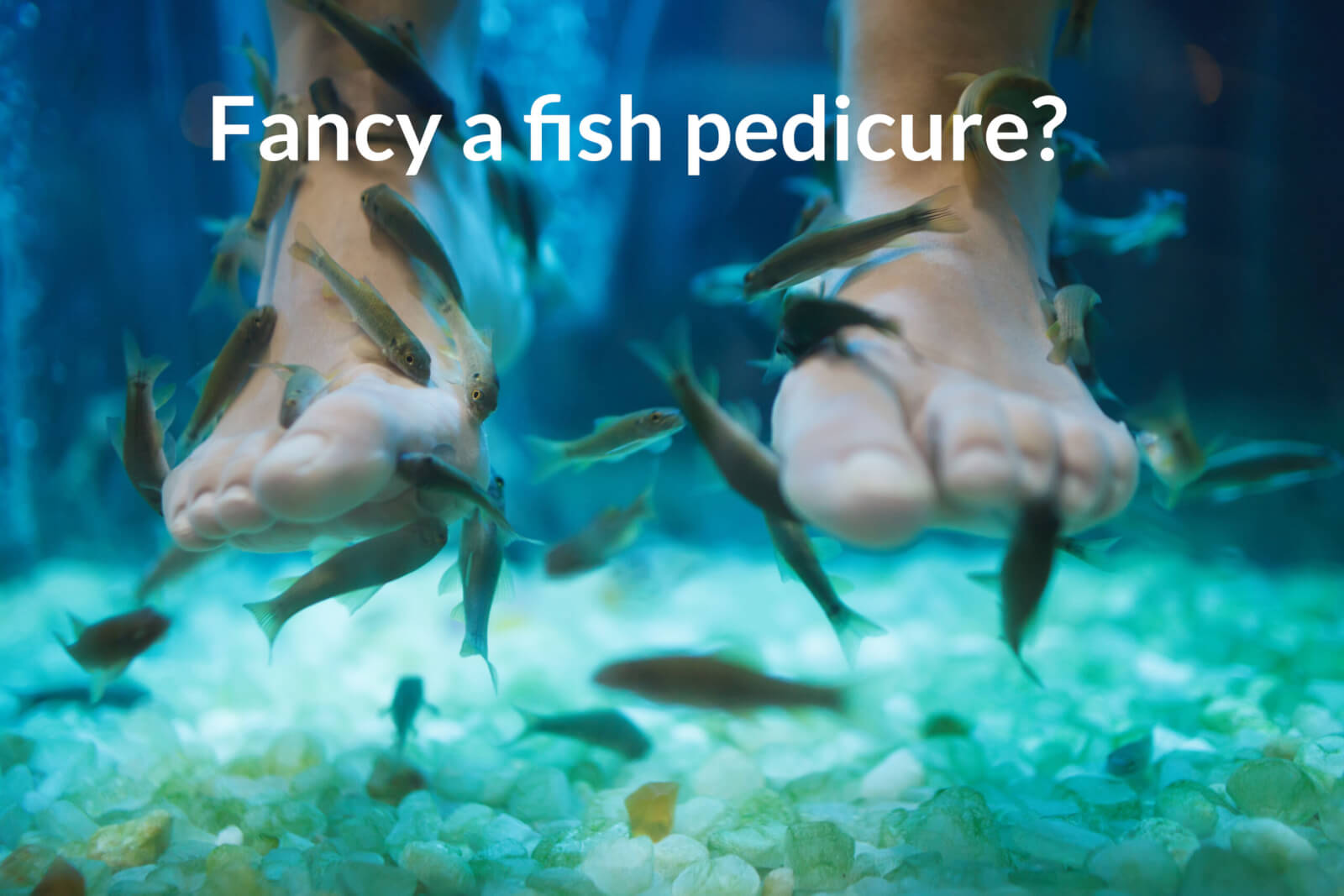 Image Source: Consulting Footpain
Image Source: Consulting Footpain
The fish pedicure-in which Garra rufa "doctor fish" suck dead skin from customers' toes-has spread like a funny fad around the world. But beneath its unusual charm and promise of silky smooth skin, a growing body of evidence suggests that this spa trend may have significant health risks both for customers and the fish involved.
What is a Fish Pedicure?
A fish pedicure entails soaking your feet in a tank of water where Garra rufa fish, which live on dead skin, swim. Feet feel smooth and exfoliated afterward. The experience has been described as relaxing and quirky, with some reporting that it improves circulation and eases inflammation.
The Allure: Perceived Benefits
Exfoliation of dead skin, resulting in softer, smoother feet
Reduction in calluses and rough areas temporarily
A new, relaxing spa experience
The Dangers: Infection and More
Even with the trend's ubiquity, health professionals caution that the dangers outweigh the rewards:
Risk of Infection: The same water and fish are typically utilized by different clients, and it is not difficult for bacteria to transmit. Staph infection, mycobacteriosis, and even amputation-causing severe infections have been reported.
Hard to Sterilize: In contrast to regular pedicures, the fish and tanks can't be properly sterilized between applications. This makes it more likely for transmitting bacteria, fungi, and even blood-borne diseases in case a customer has an open wound.
Nail and Cutaneous Trauma: A few customers have suffered nail loss (onychomadesis) and cutaneous injuries following fish pedicures, sometimes without being immediately painful or symptomatic.
Aggressive Fish Alternatives: Cheaper, more aggressive fish such as "Chin-Chin," which possess teeth and can cause blood draws, are used by some spas, again increasing risk of infection.
Antibiotic-Resistant Bacteria: Garra rufa used to import to spas have been found to be carrying multiple antibiotic-resistant bacteria, including those known to inflict serious illness in compromised individuals.
Ethical and Environmental Issues
Animal Welfare: Garra rufa are usually starved to make them accept human skin, which raises ethical concerns regarding their treatment.
Environmental Impact: If released, these alien fish can destabilize local ecosystems. Many perish in transit, and overfarming is an issue in their native habitats.
Regulatory Response
Due to these concerns, fish pedicures are banned in several countries and regions, including at least 14 U.S. states, parts of Canada, and the U.K. Health authorities cite the inability to properly sanitize equipment and the risk of spreading infections as primary reasons for the bans.
Staying Safe
If you’re considering a fish pedicure, experts recommend:
Only visiting reputable, regulated spas with strict hygiene practices
Making sure tanks are sanitized and water is replaced between clients
Steering clear of the treatment if you have open sores, compromised immune system, or poor circulation
But most health professionals and dermatologists recommend settling for old-fashioned, fish-free pedicures or DIY exfoliation procedures for safer, just as great results.
"Although this fad might appear to be natural or fascinating to some individuals, it is exceedingly risky," says Dr. Khetarpal, a Cleveland Clinic dermatologist.
The Verdict
Though fish pedicures might provide a new spa experience, the health, ethical, and environmental risks involved in the treatment have prompted many experts and regulators to warn against it. For healthy, smooth feet, there are safer alternatives.
Sources: Free Press Journal, India TV News, LinkedIn/Yoga Healers Organization, CBC News, Medical News Today, Cleveland Clinic, Healthline, People for Animals India
Advertisement
Advertisement



